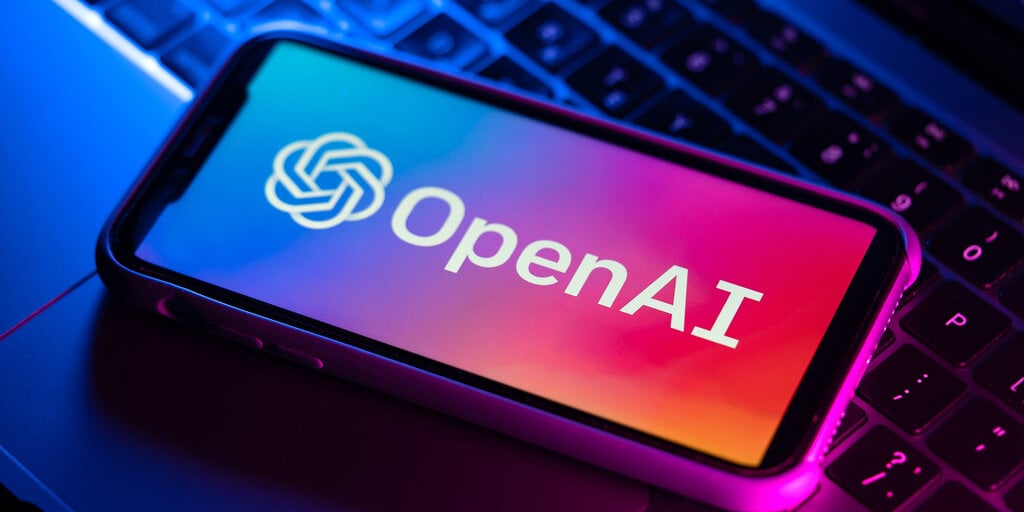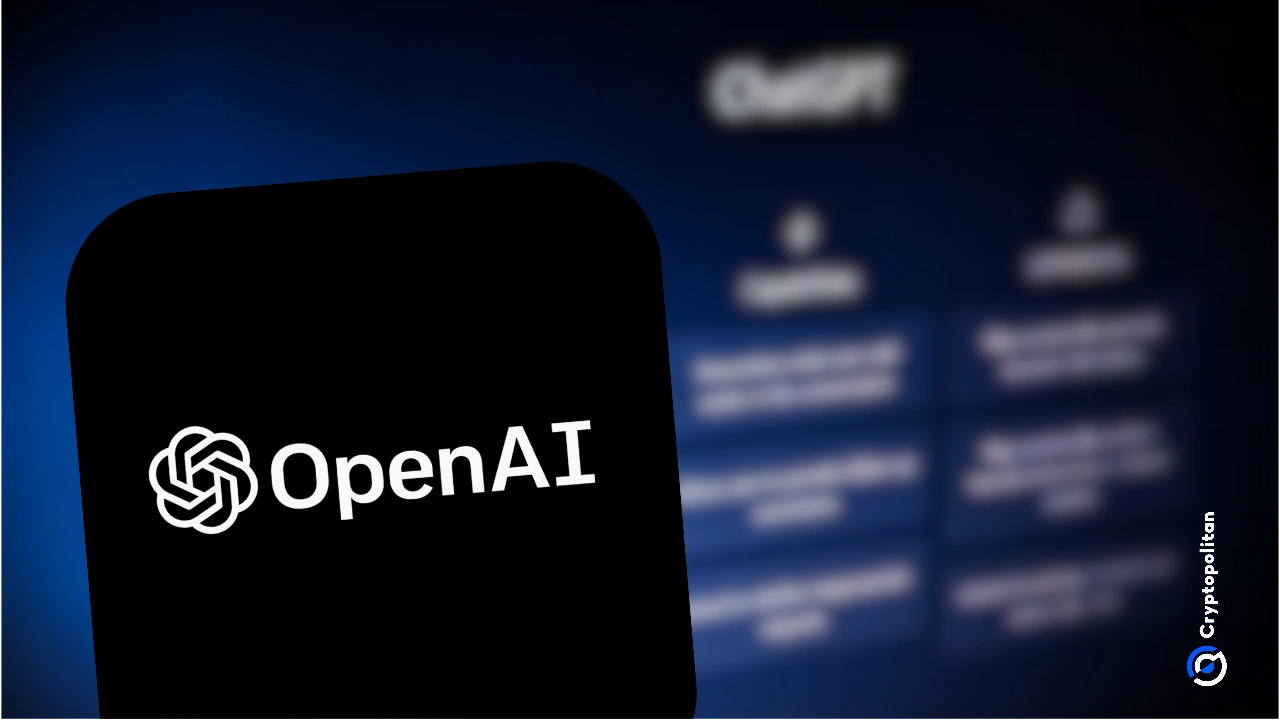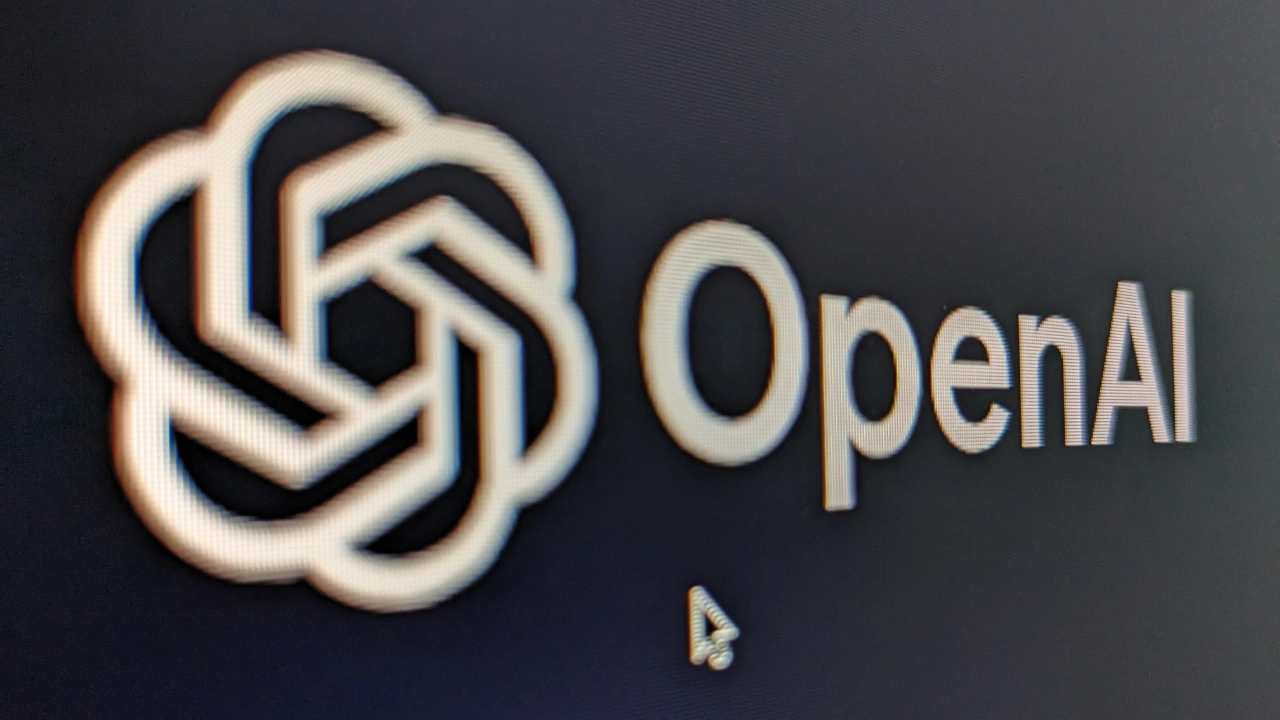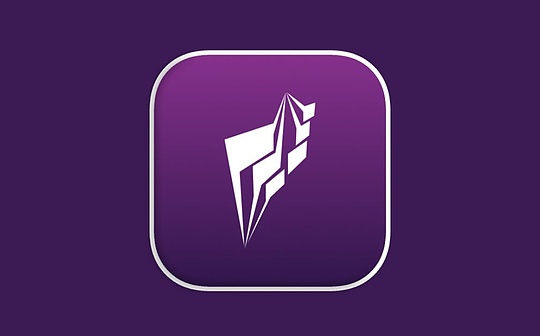ChatGPT maker, OpenAI, on Wednesday announced the release of two reasoning AI models known as o3 and o4-mini, which are meant to pause and work through questions before they can respond.
This comes barely a week after the AI startup announced it was removing its GPT-4 language model from ChatGPT on April 30, replacing it with a model with superior performance, while smaller other models were in the pipeline and ready to be released for the market.
OpenAI describes the o3 as its most advanced reasoning model ever
The AI startup reportedly calls its o3 as the company’s most advanced reasoning model as it outperformed other previous models on tests measuring maths, reasoning, coding, science, and visual understanding capabilities.
“o3 and o4 mini are super good at coding, so we are releasing a new product, Codex CLI, to make them easier to use,” announced OpenAI CEO Sam Altman in a post on the X platform.
“This is a coding agent that runs on your computer. It is fully open source and available today, we expect it to rapidly improve.”
Altman.
As for the o4-mini, it offers what the company says is a competitive trade-off between price, speed, and performance. According to TechCrunch, these are factors that developers often consider when choosing an AI model to power their applications.
Commenting on its models, OpenAI maintains that o3 achieves state-of-the-art performance on SWE-bench verified (without custom scaffolding), which is a test that measures coding abilities, with the model scoring 69.1%.
According to the company, the o4-mini also achieves the same performance at 68.1%. The startup’s next best model, o3-mini, scored 49.3% on the test while Anthropic’s Claude 3.7 Sonnet scored 62.3%.
According to TechCrunch, the o3 model was nearly not released in ChatGPT, as Altman signalled in February that the firm wanted to channel more resources to a sophisticated o3’s technology.
However, competitive pressure seemingly drove OpenAI to eventually reverse course.
o3 and o4-mini are super good at coding, so we are releasing a new product, Codex CLI, to make them easier to use.
this is a coding agent that runs on your computer. it is fully open source and available today; we expect it to rapidly improve.
— Sam Altman (@sama) April 16, 2025
OpenAI wants to stay ahead of competitors like Google
The new models come at a time when OpenAI is making efforts to stay ahead of the competition, particularly Google, Meta, Anthropic, xAI, and Chinese DeepSeek.
OpenAI was the first to release an AI reasoning model o1. However, competitors managed to quickly trail with versions of their own that match or exceed the performance of OpenAI’s lineup. This also comes as reasoning models have started dominating the field as AI labs want to eke more performance out of their systems.
Compared with other reasoning models that were launched prior, the o3 and o4-mini models have the ability to generate responses using tools in ChatGPT, for instance, web browsing, Python code execution, image processing, and image generation.
Commenting on the announcement, AI enthusiasts described the development as “super” and a huge move as “local coding is the future.”
“This is the biggest shift in ChatGPT since plugins. But smoother. Everything works out of the box, and the models choose how to solve a problem. It’s a quite step towards AI that actually helps, not just chats.”
Azhar Ahmed.
According to the company, subscribers to OpenAI’s Pro, Plus, and Team plans can access the new models coupled with a variant of the o4-mini known as “o4-mini-high.” These take more time generating answers to improve reliability.
OpenAI says the new models are its first models that can “think with images.” This means users can upload pictures to ChatGPT and the models will analyse the images during their “chain-of-thought” phase before answering. With this new ability, the models comprehend blurry and low-quality images and can perform tasks such as zooming or rotating images as they reason.
Outside image processing capabilities, the two models can run and execute Python code directly in a user’s browser through ChatGPT’s Canvas feature, and search the web when asked about current events.
Cryptopolitan Academy: Tired of market swings? Learn how DeFi can help you build steady passive income. Register Now
















No comments yet